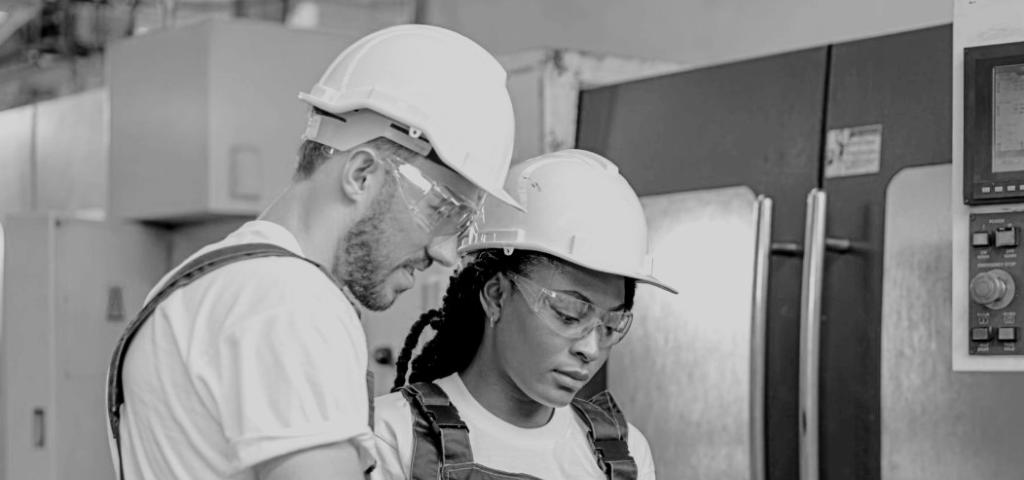
Safety First for Industrial Automation
In the ever-evolving landscape of industrial automation, prioritizing safety first has become more essential than ever. As the industry embraces new frontiers of automation and self-governance, ensuring the functional safety of machinery, robotics, and vehicles is critical to protecting workers, customers, and the public.
What is Functional Safety?
Functional safety involves the proactive design and implementation of systems to ensure they operate safely, even in the presence of errors or malfunctions. In industrial automation, this means a holistic approach to risk mitigation that includes hardware, software, and operations. By integrating robust safety features, developers can protect workers, system operators, assets, and systems from harm.
Challenges Facing Developers – Industrial Automation
The rapid technological evolution presents several challenges for industrial automation OEMs and their developer teams:
-
Hardware Development: Managing complex and interconnected systems requires rigorous testing and validation to ensure operation and functional safety.
-
Software Development: safeguarding the integrity and reliability of code, especially in safety-critical applications, is crucial.
-
System Integration: Achieving seamless integration and interoperability while ensuring overall safety and performance, alongside obtaining necessary safety certifications, is vital.
Combining Safety and Security
Developing functional safety features necessitates a multifaceted approach. Model-based design methodologies (MBSE) and simulation tools aid in the rapid prototyping and validation of safety-critical systems. For example, NASA is using MBSE model to meet stringent safety standards, identify different failure scenarios and identify potential safety issues. Integrating robust security measures guarantees reliability of these systems, addressing both safety and security concerns.
Navigating Regulatory Standards
Compliance with stringent regulatory frameworks, such as IEC 61508, is essential. Industrial automation OEMs and their developers need to work with certification programs from recognized bodies to provide assurance that safety standards are met, mitigating legal liabilities and upholding reputations.
For industrial automation developers, leading with safety first is not just a requirement but a strategic imperative for sustainable growth. Explore the Wind River "Safety First for Industrial Automation" solution brief to provide a development path for Industrial Automation developers in creating safer, more reliable industrial systems. Download the solution brief >

